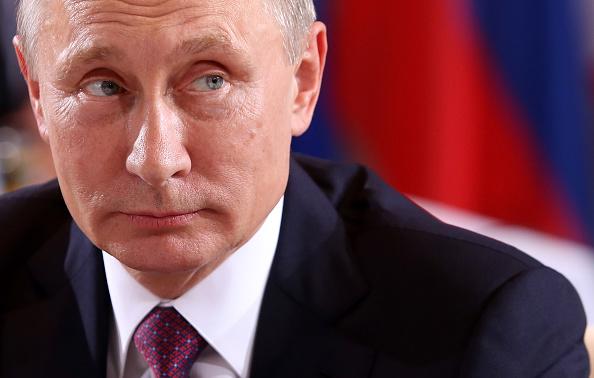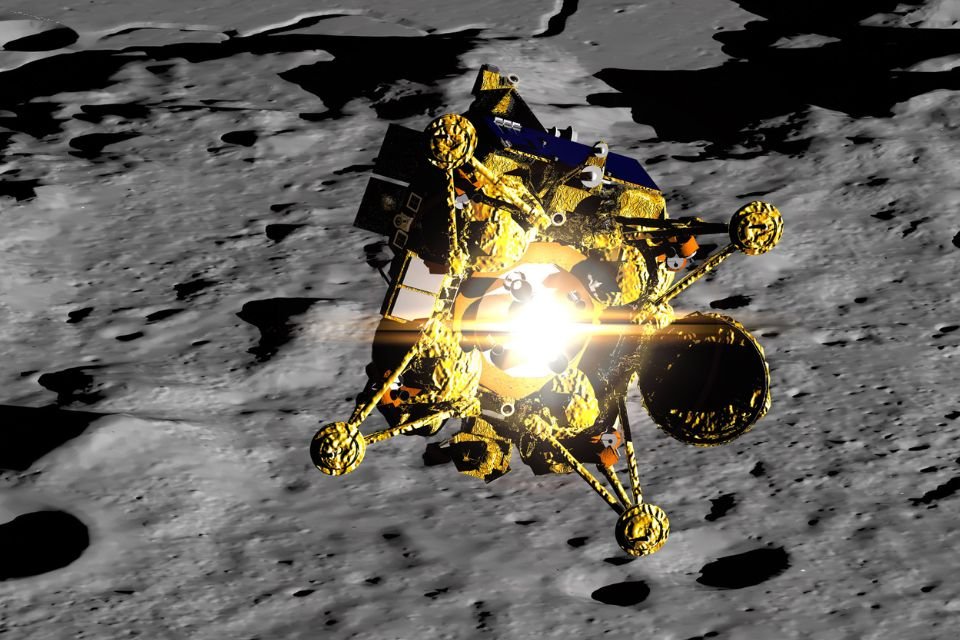A Russian unmanned spacecraft Luna-25 crashed into the Moon on Saturday (19), According to the Russian space agency Roscosmos, after “switching to an undesigned orbit” during pre-landing maneuvers. Launched from the Vostochny cosmodrome on the 10th, the probe’s purpose was to create a circular orbit around the south pole of Earth’s natural satellite, where it would land on Monday (21).
Fate had a strategic reason: it was in the lunar region. Planetary scientists have found evidence of ice at the bottom of craters in 2020. This means that the location is optimal for the establishment of future bases on the Moon, as the missions will not have the expense of transporting water from Earth.
According to Roscosmos, communication with the Luna-25 was cut off at 14:57 (0857 GMT) on Saturday. “The device entered an unpredictable orbit and ceased to exist after colliding with the surface of the Moon,” the official statement said. According to the agency, a special commission is investigating the reasons for the failure.
A new space race?
Hours before the crash, Roscosmos shared some images of the Moon taken with the Luna-25 camera, including the Zeeman crater. Located in the southern hemisphere of the natural satellite, the cavity has a diameter of 190 kilometers and a depth of eight kilometers.
Apparently, the intention of the Russian agency was to “win the race” against the Indian Space Research Organization, which placed the Chandrayaan-3 space probe into lunar orbit on August 5. and plans to be the first country to land on the moon’s strategic south pole next Wednesday (23).
While Indian scientists opted for a more careful and sustained approach, trying to minimize the risks of the unprecedented landing, Roscosmos suggested making the same trip, but in a quarter of the time, so much so that the landing is scheduled for today (21).
What does the Luna-25 crash mean for Russia?

Apparently, Luna-25 An attempt to save Roscosmos’ legacy as the main participant in the space race, which was consolidated during the Soviet era. The return to the lunar landscape could also be a propaganda maneuver for Russia, which remains isolated from the international scene after nearly a year and a half of offensive in Ukraine.
interview by science alertFormer Russian researcher Valery Yegorov suggested that the Luna-25 malfunction was “possibly linked to electronic problems caused by Western sanctions.”
The successor to the Luna-24, a probe that landed on the Moon in 1976, version 25, if successful, would likely pave the way for new Russian missions at a time when new actors such as India and China are rehearsing the landing.
Did you like the content? Therefore, follow all the news about the space race on TecMundo and take the opportunity to find out whether it is a myth or a fact that the phases of the moon can affect our mood.
Source: Tec Mundo
I’m Blaine Morgan, an experienced journalist and writer with over 8 years of experience in the tech industry. My expertise lies in writing about technology news and trends, covering everything from cutting-edge gadgets to emerging software developments. I’ve written for several leading publications including Gadget Onus where I am an author.













